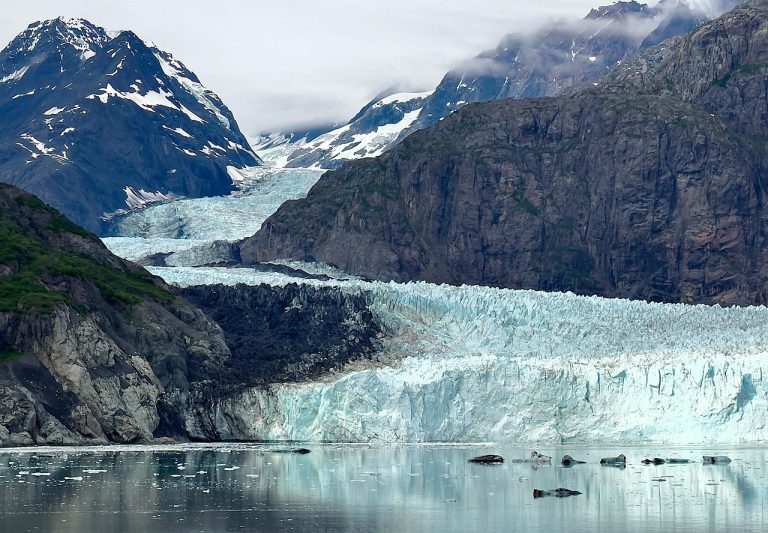Alaska, the largest and one of the most intriguing states in the US, has always sparked curiosity—especially when it comes to time. For readers in the UK, “Alaska time” can be perplexing, given the vast differences in daylight hours and time zones between these two distant regions. This article explores Alaska’s time system, explains why it matters internationally, and delves into the cultural, scientific, and practical impact of time in this extraordinary part of the world.
The Basics: Alaska’s Time Zones and UK Time Difference
Alaska encompasses two time zones: Alaska Time Zone (AKST/AKDT) and the Hawaii-Aleutian Time Zone for the western Aleutian Islands. Most of the state, including its largest city Anchorage, operates on Alaska Standard Time (AKST: UTC−9) in winter and Alaska Daylight Time (AKDT: UTC−8) when daylight saving time is in effect.
Daylight saving time begins on the second Sunday in March and ends on the first Sunday in November. The Aleutian Islands, stretching far to the west, keep Hawaii-Aleutian Time (UTC−10, or UTC−9 in summer) which is one hour behind the rest of Alaska.
For UK residents, the most notable fact is the time difference: Alaska is nine hours behind British Summer Time (BST, UTC+1). When it is 3pm in London, it is 6am in Anchorage. This means that coordinating calls, travel plans, and business between the UK and Alaska requires careful adjustment—especially given the pronounced shift in daylight hours.
A History of Shifting Time Zones
Alaska’s timekeeping evolved over centuries, driven by both practical and political needs. Until 1983, Alaska was split into four time zones due to its enormous size and sprawling settlements. The consolidation to two zones was designed to streamline industry, communication, and government across the state.
GMT, used in the UK, is a reference point for worldwide timekeeping. When calculating the difference, it’s important to note that Alaska Time (AKST) is GMT minus nine hours, or minus eight during daylight saving periods.

Why Alaska Time Matters for UK Readers
Interest in Alaska time extends beyond curiosity. UK business travellers in fields such as energy, tourism, and research routinely coordinate with Alaskan partners. Cruise passengers also need to adjust to local times, especially when travelling west beyond Anchorage or into the Aleutians.
International conferences, remote work, and digital collaboration increasingly bring together participants from the UK and Alaska—making time zone awareness crucial for smooth operations.
Daylight Extremes: Midnight Sun and Polar Night
One of Alaska’s most fascinating features is its unique daylight pattern, a direct result of its northern latitude. In Anchorage, summer days can stretch beyond 19 hours of sunlight; in the far north (e.g. Utqiaġvik/Barrow), the sun does not set at all for about 84 days—a phenomenon called the midnight sun.
Conversely, in winter, some communities experience near-total darkness for months. Anchorage’s winter brings sunset as early as 10:42pm, while the northernmost areas see no sun for 64 consecutive days. Averaged across the year, Alaska receives slightly more daily sunlight than the rest of the United States. Civil twilight adds even more usable daylight in summer months, supporting outdoor activities at midnight.
Impact on Life and Culture
Alaska’s daylight cycles shape local living and culture. Summer’s long days allow residents and visitors to enjoy hiking, fishing, festivals, and sports late into the evening. Winter’s darkness presents challenges, but also encourages community gatherings, art events, and adaptive technologies for lighting and mental health.
The state’s diverse native populations, including Inupiat and Yupik peoples, have adapted their lifestyles around these extremes for centuries. Modern Alaskans continue to celebrate solstice festivals and unique traditions, such as the Midnight Baseball Game in Fairbanks, which is played without artificial lights in the summer.
Time Zone Changes and Ongoing Debates
In recent years, Alaska has debated changing its time zones further—potentially moving to Pacific Time for economic alignment with the rest of the US west coast. Such decisions involve balancing regional identity, commercial interests, and practical needs, similar to clock change debates ongoing in Europe.
For the UK audience, these controversies highlight wider questions about the relevance of time zones in a global, digital world. Arguments for fewer time zones, permanent daylight saving, or regional adjustments are common in both Alaska and Britain.
Practical Tips for UK Residents
To avoid confusion, always convert UK time to Alaska time using a reliable time zone calculator, checking current daylight saving adjustments.
If planning travel, allow for jetlag and schedule adjustments. Alaska’s difference from the UK can disrupt sleep and mealtimes.
When attending virtual meetings, check whether Alaska is on standard or daylight saving time, as this affects the difference.
The best time to contact Alaska from the UK is late evening, which corresponds to Alaska’s morning or early afternoon.
Looking Ahead: A Shared Interest in Time
Alaska’s dramatic daylight and time zone complexity remain subjects of fascination for scientists, adventurers, and business people. For the UK audience, learning about Alaska time offers not just functional insights, but also a window into how one of the world’s wildest locations navigates its days and nights.
As travel, collaboration, and climate change continue to connect the UK and Alaska, understanding time differences and daylight cycles will remain practically useful and culturally intriguing. Whether planning a future visit, a cross-continental call, or simply expanding your global perspective, Alaska’s unique approach to time promises to captivate and inspire.
Read more: ferragosto


